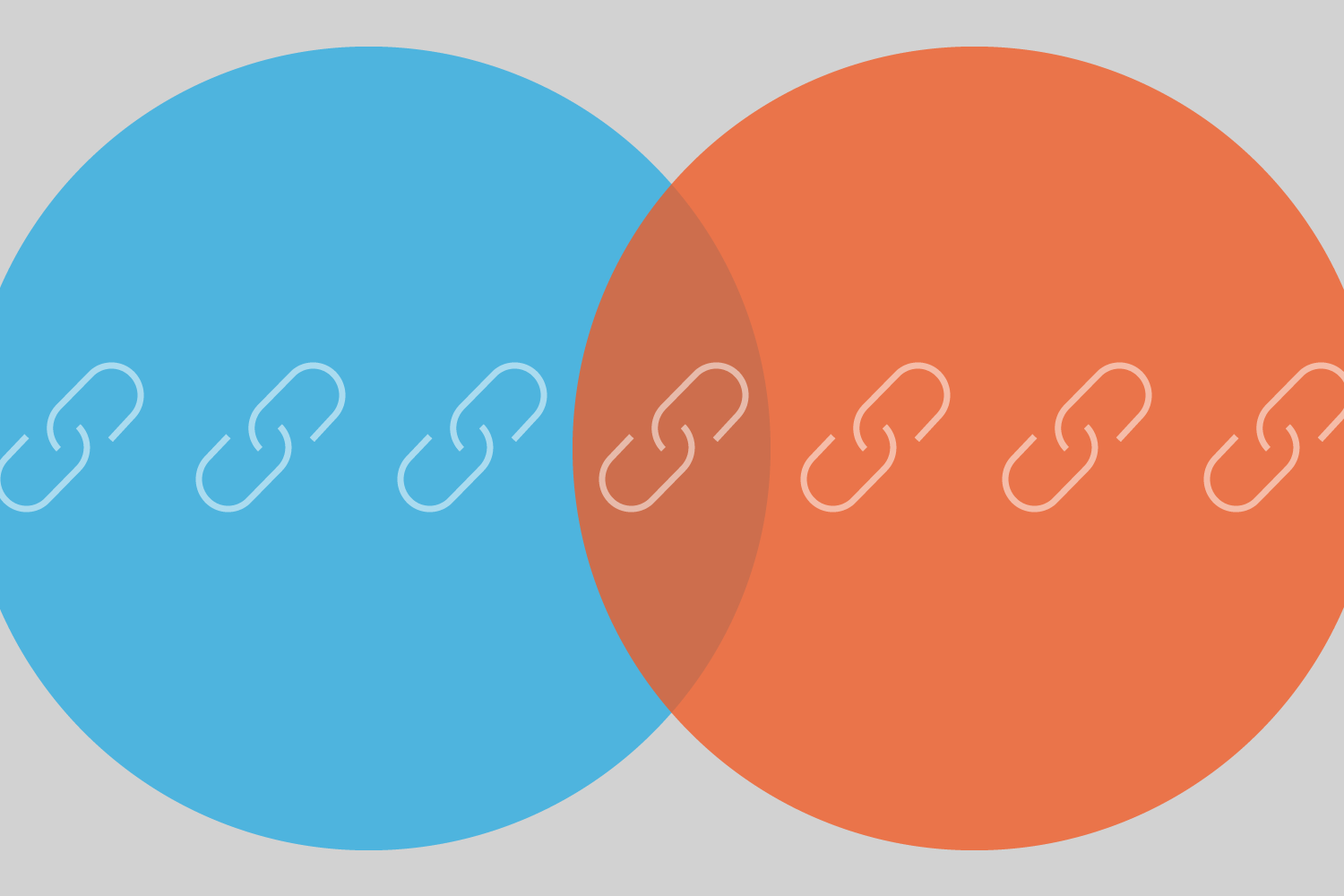Optimizing Google Ads Landing Pages
Loves Data
Landing pages play a pivotal role in the success of your Google Ads campaigns. When someone clicks your ad, the landing page is their next stop – and it’s the moment where a potential customer decides whether to take action or bounce. Creating a relevant and compelling landing page is essential for turning that visit into a conversion.
The quality of your landing page directly influences ad performance and return on investment (ROI). A well-optimized page not only improves conversion rates but can also boost your Quality Score in Google Ads. This can lead to better ad placements and lower costs.
To create an effective landing page, prioritize user experience. Your page should be visually appealing, easy to navigate, and designed to guide visitors toward a clear action. From strong calls-to-action (CTAs) to mobile responsiveness, several elements contribute to a successful page. By aligning your landing page with your ad messaging and using data to iterate, you can improve results across your campaigns.
Understanding the Role of Landing Pages
Landing pages are a critical part of your Google Ads strategy because they’re the first interaction users have after clicking your ad. These pages hold the power to convert curiosity into action. A successful landing page delivers on the promise made in the ad and helps users take the next step – whether that’s a purchase, a lead, or a sign-up.
Google takes your landing page into account when calculating your Quality Score. This means that your page’s relevance, usability, and loading speed all contribute to your campaign’s performance. A high-quality landing page can lower your cost-per-click and improve your ad position.
Key elements that make a landing page effective include:
- Relevance: Match the content of the landing page with the ad copy and the user’s search intent.
- Clarity: Use simple language and a logical layout to guide users.
- CTA Design: Place your call-to-action prominently with clear, action-oriented language.
- Trust Signals: Add testimonials, reviews, or trust badges to increase credibility.
- Visual Appeal: Use images and whitespace strategically to create an engaging experience.
By focusing on these areas, you can unlock more value from your ad spend and drive stronger results from your campaigns.
Designing User-Centric Landing Pages
To engage visitors and encourage action, your landing page design should be clean and focused. A simple, uncluttered layout helps highlight your message and CTA. Use contrasting colors to draw attention to key elements, and avoid distractions that pull users away from converting.
Here are some key design tips to keep in mind:
- Mobile Compatibility: Make sure your landing page is fully responsive. With the majority of users browsing on mobile, this is no longer optional – it’s essential.
- Fast Loading Times: Compress images, minimize scripts, and keep things lean. Slow pages lead to higher bounce rates and missed opportunities.
- CTA Prompts: Use clear, persuasive language for your calls-to-action. Think "Start Your Free Trial" or "Claim Your Offer" – short, benefit-focused, and actionable.
By focusing on seamless design, fast performance, and strategic CTAs, you’ll create a landing page experience that encourages conversions and keeps users engaged.
Aligning Ad Copy with Landing Page Content
Consistency between your ad and your landing page is critical. When someone clicks your ad, they’re expecting to find exactly what was promised. If your ad promotes a discount or a specific product, your landing page needs to reflect that right away. Otherwise, users may bounce before taking action.
Aligning with user intent is just as important. Ask yourself: What is the user trying to accomplish by clicking your ad? Then make sure your landing page delivers that outcome quickly and clearly.
Here are some strategies to ensure your page aligns with your ad:
- Headlines: Mirror the ad’s main message in your landing page headline.
- Visuals: Use images or videos that match the themes, offers, or products featured in your ad.
- Content Focus: Keep your landing page focused on addressing the user’s goals, questions, or concerns related to the ad.
This alignment builds trust and helps maintain momentum, increasing the likelihood that users will convert.
Utilizing Analytics for Continuous Improvement
Analytics can uncover powerful insights into how your landing pages are performing. Tools like Google Analytics allow you to monitor behavior, identify problem areas, and make data-informed improvements.
Start by focusing on key metrics:
- Engagement Rate: A low engagement rate may suggest a mismatch between the ad and the landing page or an opportunity to improve user experience.
- Key Event Rate: This shows how well your landing page is driving the intended action. If it’s underperforming, it’s time to experiment.
Use A/B testing to optimize your landing pages methodically. Try different versions of your headlines, images, CTAs, or page layouts. Small changes – guided by data – can lead to big improvements over time.
By continuously testing and iterating, you can fine-tune your pages to reflect user preferences and drive better results.
Conclusion
Optimizing Google Ads landing pages is an ongoing process that blends smart design, message alignment, and performance analysis. When you prioritize user experience, ensure consistency between your ads and landing pages, and make decisions backed by data, you build a stronger foundation for your campaigns.
At Loves Data, we’re here to help you master these skills. Whether you’re looking to enhance your Google Ads performance or take your analytics skills to the next level, our expert-led training can help you get there. Join us in our Google Ads training and start launching campaigns that turn clicks into real results.




Comments